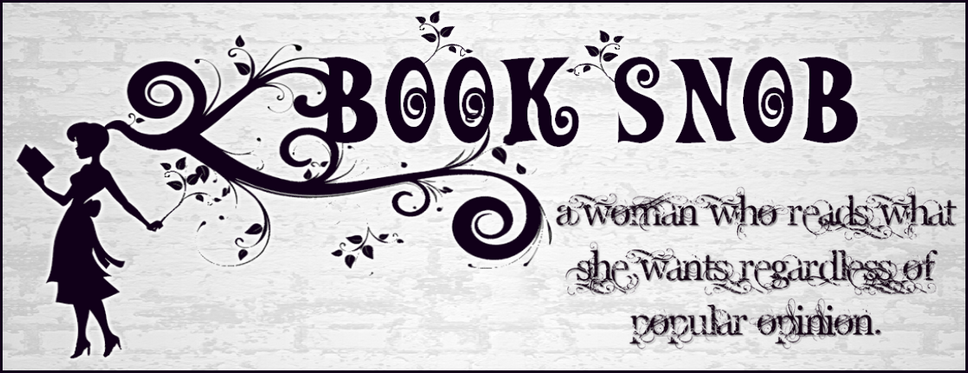Guest Post by Rebecca Fjelland Davis.
Welcome to April's Hometown Track Author in the Spotlight, Rebecca Fjelland Davis. Rebecca has written a great guest post for Booksnob readers about story ideas. I love it and it is great advice for aspiring writers or students. Read On!
Prairie-Dogging Your Way to a Story
Welcome to April's Hometown Track Author in the Spotlight, Rebecca Fjelland Davis. Rebecca has written a great guest post for Booksnob readers about story ideas. I love it and it is great advice for aspiring writers or students. Read On!
Prairie-Dogging Your Way to a Story
“Where do you get your story ideas?” If you’ve ever been to
any author event anywhere, I’m sure you’ve heard this question. Amy King (A.S.
King—author of Please Ignore Vera Dietz and
Everybody Sees the Aunts) and I read
together at the Loft in Minneapolis on Saturday. We got a version of that
question, of course.
The answer, I think, lies in a few key ideas—and they are
ideas that everybody who wants to write can use.
First, my good friend Roger Hart
says that every story starts with a CROOKED PICTURE. What? A crooked picture. Something out of
kilter—something that your natural tendency is to want to fix, or at least to
ponder. Something’s wrong in any story—that’s what conflict is. That’s what plot is—finding out how the protagonist
is going to fix his or her problem. So that’s where any good story starts.
But wait! You say. I
thought any good story was supposed to start with a great character. Yes,
yes. But that character has to have a
problem. You have to have both or you don’t have a story.
So, second, COLLECT
CROOKED PICTURES. Collect weird
things that could make it into a story: weird things you see, strange things
you hear, news items that make you stop and ponder. KEEP A NOTEBOOK, and fill
it up with your collection of weird things or strange things. Things you notice
because they are not quite normal. While you’re at it, collect people, too:
quirks, names, characteristics, and then you’ve got character ideas as well as
problem ideas, all in your writer’s notebook. Think of it as being a
photographer with words—collecting snapshots of crooked pictures (and people). When
you need a story idea to keep you going, page through your notebook(s) until
you find something that you might use.
Third: ask WHAT IF? Something weird—a crooked picture—is not a
story by itself, either. You have to see something weird in your mind’s eye and
say, what if…? Push it, make it even weirder, make it more
of a conflict or problem, and you might have a great story idea.
Fourth: You have to weave the weird things together with the
right character. That’s where the “PRAIRIE-DOGGING”
idea comes in. Prairie dogs pop up across the prairie from little holes that
lead to underground tunnels that lead to other holes that pop up on the
prairie. OUR JOB as writers is to dig
the tunnels that make the idea-holes CONNECT in seamless tunnels. That makes
for stories that fit together perfectly.
If we do that, we have a story with a great character and
ideas that started out unrelated, but ended up in a seamless whole.
Want an example? This part is long, but here goes:
I took my dog for a walk along the Blue Earth River and
found several acres of woods INFESTED with garbage. I could walk a mile and walk
the entire path on garbage with each step like steppingstones: discarded
clothes, shoes, tires, furniture, dishes, tarps, appliances, and on and on. You
get the picture. (And I’m not even
kidding. I wish I were; but the place exists, in the 21st century,
in Minnesota).
I thought, “Man, you could hide a body here and nobody would
find it.”
I was mountain biking with my friends one day, came home,
and wrote two paragraphs about a gifted girl mountain biker—way better cyclist
and bike handler than I am. But that’s all I had: a girl named Allie who kicked
butt on the bike.
I had some friends who shot a Civil War canon. They blooped
out the first shot about fifteen feet, so on the next try, they loaded that cannon with gunpowder, let
me tell you. They shot up into the air and blew up their neighbor’s
milkhouse—about a mile away!
I also have a friend whose nickname is Scout, who is almost
big enough to play the part of Hagrid in Harry Potter…who shoots black powder
rifles. I had made some notes about him in my notebook, too, ‘cause he’s such a
character all byhimself.
So I thought about the Junk Woods, and thought, WHAT IF there were a body hidden in the Junk
Woods? Who would find it? A mountain biker! I had a mountain biker character. WHAT IF that mountain biker girl was
stuck for the summer with a relative—maybe an uncle named Scout who was as big
as Hagrid? If Scout shot black powder rifles, it would be logical that he might
shoot a cannon and blow up his neighbor’s…wait. WHAT IF he blew up more than an abandoned milk house? What if it
were something important? Expensive? And he got in legal trouble, and the
mountain-biking girl was in the middle of it? What if all this happened while
she was trying to unravel the mystery of the body in the woods? Could it all be
connected?
Those are some of the ways that Chasing AllieCat came into being.
Prairie-dogging takes time, but it’s fun. And if you collect
enough in your notebook, you are never, never
at a loss for story ideas.
Thanks Rebecca
If you are interested in winning a copy of Rebecca's book Chasing Alliecat click the link:
Chasing Alliecat Contest




